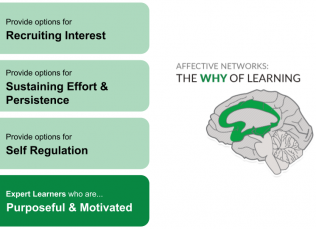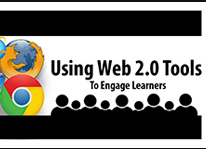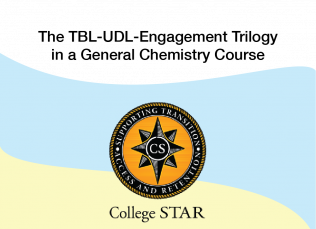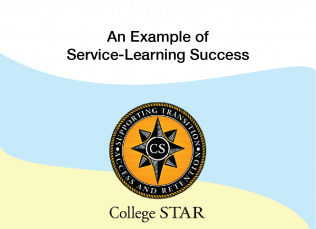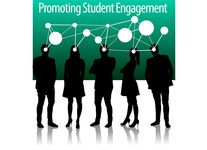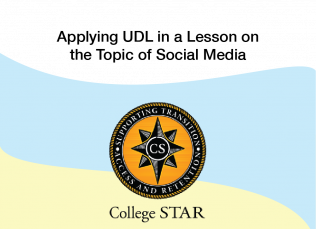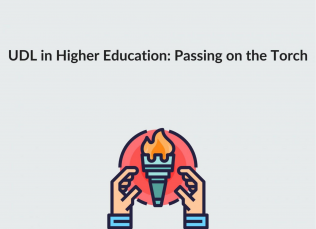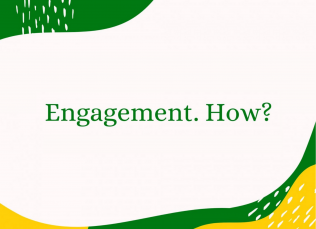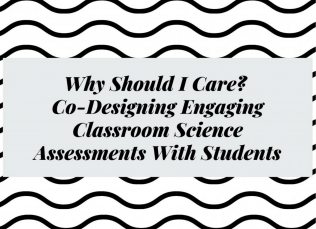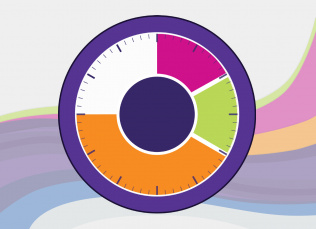Module Link
This resource was originally developed with resources from the College STAR grant. That grant has ended and the College STAR modules will now permanently reside at the East Carolina University Office for Faculty Excellence.
Module Introduction
Service-learning is a pedagogical practice with unique benefits: increasing community connectedness, broadening student perspectives, providing novel skill sets to students, creating a culture of service, assisting local organizations, and broadening the impact of the university on the surrounding community (1, 2). Service-learning is a form of experiential learning where students engage in structured service activities for course credit. The core of service-learning is the process of thoughtful reflection upon experiences fulfilling a community need (1). Unlike traditional volunteer work, service-learning focuses on experience, thoughtful reflection, and alignment with course content. This process of experience, reflection, and development are rooted in the four elements of Kolb’s experiential learning model: concrete experience, reflective observation, abstract conceptualization and active experimentation (3).
When developing a successful service-learning program, a few crucial components include establishing the community-campus partnership, making clear expectations of student outcomes, selecting relevant content for the course, planning course activities including reflection, implementing a course evaluation, building course infrastructure, sustaining the course, practicing cultural humility, and encouraging community-engaged scholarship (4).
This case study describes the process of developing a service-learning component within the structure of a nutrition course, Community Nutrition. The case study will walk through the program development, evaluation, lessons learned from the first iteration of the course, and provide useful and modifiable tools for implementing service-learning programs in similar courses. While this case study details a nutrition course, service-learning can be adapted to many disciplines.
Support for this Module
Original development of this module was made possible by the College STAR (Supporting Transition Access and Retention) initiative. College STAR was a grant-funded project focused on partnering postsecondary educational professionals and students to learn ways for helping postsecondary campuses become more welcoming of students with learning and attention differences. Much of this work was made possible by generous funding from the Oak Foundation.
